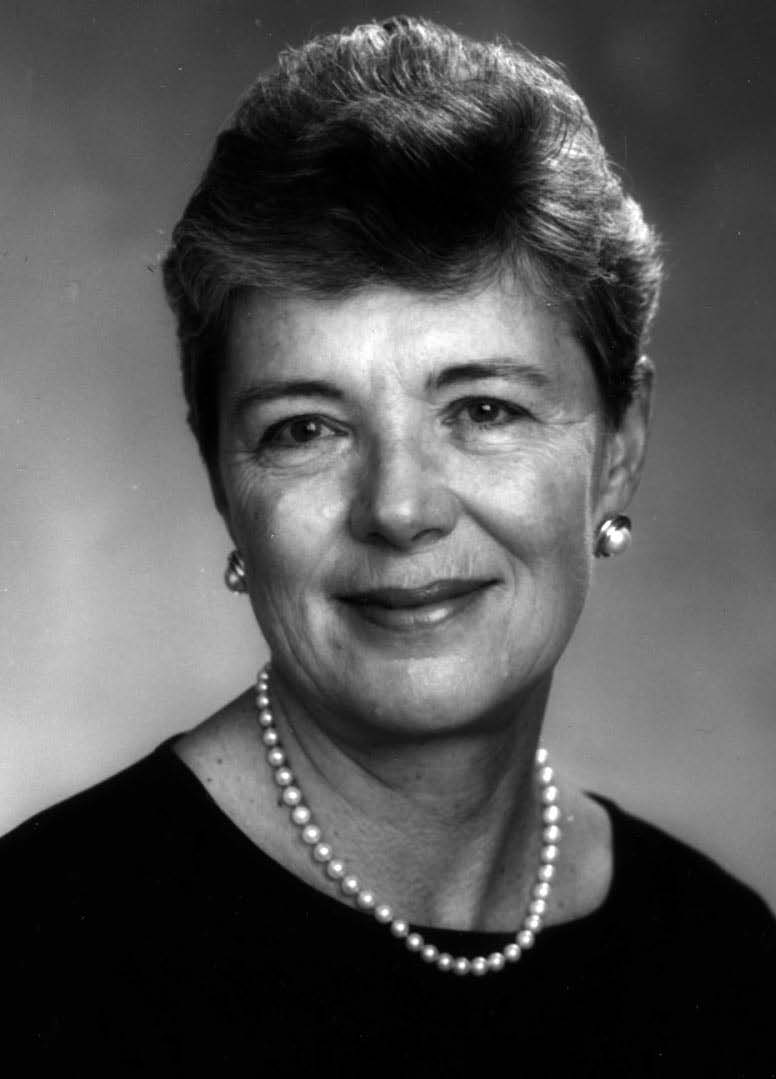 |
| Dr. Muriel Kaiser-Kupfer has been honored by NLM as a “local legend.” |
Kaiser-Kupfer Honored as ‘Local Legend’ By NLM
Dr. Muriel Isolde Kaiser-Kupfer, a researcher
in genetic eye diseases and recently retired chief of the Ophthalmic Genetics and Visual Function Branch in the National Eye Institute,
is being honored by the National Library of Medicine in its ongoing series called “Local Legends: Celebrating America’s Local Women Physicians.” She was nominated by Rep. Chris Van Hollen (D-MD).
Kaiser-Kupfer earned her M.D. from Johns Hopkins University School of Medicine in 1961. She then completed a pediatric internship, residency and fellowship and served as assistant
director and instructor at Johns Hopkins University Hospital until 1968. From 1968 to 1970, she completed a residency in ophthalmology
and served as a consultant in the congenital
defects clinic at the University of Washington
School of Medicine in Seattle, where she met Dr. Carl Kupfer, who became her husband. From 1974 through 2004, Kaiser-Kupfer served as medical officer, Ophthalmology and Pediatrics
Clinical Branch, NEI, and eventually was appointed section chief, branch chief and deputy
clinical director at NEI.
During almost 30 years of research, she had remarkable success in reducing visual loss associated
with disorders of metabolism, focusing
first on gyrate atrophy, which causes retinal
degeneration and resulting visual disability by the age of 50 or 60. Conducting an 18-year study of the treatment of gyrate atrophy in patients from many parts of the world, she and her colleague Dr. David Valle of Johns Hopkins discovered that this eye disease was caused by an enzyme deficiency. They then proved that a diet restricted in arginine, an amino acid, slows progression of the disease.
Kaiser-Kupfer’s efforts on another problem emphasize her devotion to the care of patients with rare eye disease. That disorder is nephropathic
cystinosis, which eventually causes kidney failure at about age 10. In this disorder,
crystals of cystine, a component of protein
found in hair, skin and other tissues of the body, begin to build up in the cornea by age 1. As the number of crystals increases in the cornea,
patients experience severe pain and have difficulty keeping their eyes open. Occasionally, the crystals break through the corneal surface, causing the cornea to become hazy and resulting
in a reduction of vision.
Seeking treatment for children with this disorder,
Kaiser-Kupfer worked with long-term collaborator and cystinosis expert Dr. William Gahl to test the use of topical cysteamine, a byproduct of the amino acid cysteine, on animal
corneas. They then conducted a human clinical trial that demonstrated the disappearance
of the crystals and the resulting relief of pain and improvement of vision. In 1987, Kaiser-Kupfer published a study in the New England Journal of Medicine that described the treatment. The expected approval of cysteamine
eyedrops by the Food and Drug Administration
will make this therapy available to children
and adults with cystinosis throughout the world. In 1990, Kaiser-Kupfer received the Lifetime
Achievement Award from the Cystinosis Foundation for her role in developing the cystinosis
treatment.
She is the author of more than 100 scientific papers. But it is her focus on patients and her commitment to linking laboratory findings to clinical treatments that best characterize her life’s work in improving people’s eyesight.—Arthur Stone
MacDonald Named Chief of NEI Branch
Dr. Ian M. MacDonald,
a clinician scientist internationally
recognized for his genetic research into a retinal degenerative
disease known as choroideremia and into certain types of macular degeneration,
recently joined the National Eye Institute as chief of the Ophthalmic Genetics and Visual Function Branch (OGVFB).
He comes from the University of Alberta in Edmonton, where he was professor of ophthalmology
and chair of the department of ophthalmology
for the past 15 years. He is the only person in Canada who is board-certified in both ophthalmology and clinical genetics.
NEI director Dr. Paul Sieving said, “We are very pleased to have a scientist of Dr. MacDonald’s stature and accomplishments join the NEI. We stand at the dawn of an exciting period in genetic research and Dr. MacDonald’s presence here signals NEI’s commitment to discovering new therapies for degenerative eye diseases.”
MacDonald will be responsible for developing a clinical, basic and translational program of research to study the causes, development and prevention of retinal degenerative diseases. In addition to carrying out a clinical program in the diagnosis and treatment of common and rare inherited eye diseases, he will provide leadership
for OGVFB and oversight and direction for the new National Ophthalmic Disease Genotyping
Network (eyeGENE).
For several years, MacDonald has collaborated with Dr. Robert Fariss and Dr. Chi-Chao Chan of NEI on researching the molecular biology of the disease choroideremia. In addition, MacDonald
identified a mutated gene that is associated
with an inherited form of macular degeneration
and conducted a clinical trial using the omega-3 fatty acid DHA as a nutritional supplement
for people with this type of eye disease.
Further studies using animal models will be conducted to determine more precisely the effect of DHA on the retina.
| NIAMS’s Hemp Retires |
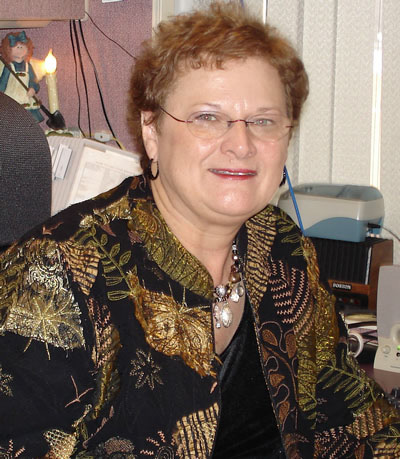 After 38 years of federal service, Sandy Hemp is retiring from the NIAMS Office of the Director to serve as a substitute teacher for Frederick County Public Schools. She has achieved several distinctions
throughout
her career, including receipt of an NIH Director’s Group Award for the establishment of a transgenic mouse facility. In addition to her most recent role as administrative
officer, Hemp served on numerous committees and was an advocate for the new NIH Business System. Her ties with NIH will continue after her retirement as she participates in an NIH protocol for breast cancer survivors. After 38 years of federal service, Sandy Hemp is retiring from the NIAMS Office of the Director to serve as a substitute teacher for Frederick County Public Schools. She has achieved several distinctions
throughout
her career, including receipt of an NIH Director’s Group Award for the establishment of a transgenic mouse facility. In addition to her most recent role as administrative
officer, Hemp served on numerous committees and was an advocate for the new NIH Business System. Her ties with NIH will continue after her retirement as she participates in an NIH protocol for breast cancer survivors. |
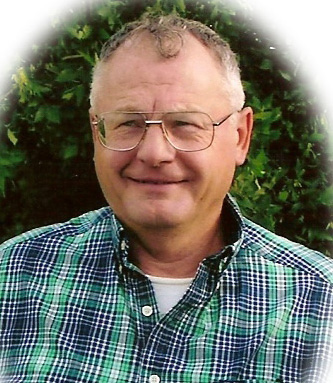 ORF Regional Director Daellenbach Dies
By Ken Pekoc
ORF Regional Director Daellenbach Dies
By Ken Pekoc
Will Daellenbach, who always found ways to fondly cite his Montana farm boy upbringing when chatting with folks about his 36-year federal engineering and construction career, died Mar. 4 in a farming accident
at his home in Hamilton, Mont.
Daellenbach, 59, managed building and renovation
projects at Rocky Mountain Laboratories since 1996. During that time, he was the impetus
behind projects that improved each of the 30 numbered buildings on the RML. He oversaw
construction of a $66 million Integrated Research Facility (IRF) in Hamilton on behalf of the Office of Research Facilities Development and Operations.
For the past 2½ years, Daellenbach was ORF’s western regional director, with responsibility for operations at RML. Previously
he worked as a project officer, assistant chief of construction and chief of the Program Management Branch at NIH. He also spent 32 years in the Public
Health Service, retiring as a captain. He served about half of his career in the Indian Health Service, working in Bishop, Calif., Reno, Nev., Wind River, Wyo., Albuquerque, N.M., and Rockville.
Daellenbach received a PHS Meritorious Service Medal for his “remarkable dedication
in pursuing corrective action and funding, and overseeing the improvement
of facilities at the Rocky Mountain Laboratories.”
The IRF at RML will contain research laboratories rated at biosafety level 4, the world’s most stringent research safety rating and only the sixth U.S. location with such research capacity. Since fall 2004, Daellenbach walked the IRF site almost daily, monitoring concrete pours and conduit installation, corner mending
and carpet-laying. The IRF is 99 percent complete.
“Will was the ‘rock’ of Rocky Mountain Laboratories, strong, solid and the foundation
for much of the work accomplished on the campus,” said Pat Stewart, RML business and program manager. “Through his use of diagrams and pictures of buildings, steam lines and duct banks, he was able to explain complex construction
projects in a way that anyone could understand.
“He had a no-nonsense approach to his work,” Stewart recalled. “He was always honest and true to his word, and people trusted and respected him for that. He put his heart and soul into everything that he attempted, and remained an advocate
for NIH and NIAID throughout his tenure at RML.”
Dr. Marshall Bloom, NIAID associate director for RML, grew to appreciate Daellenbach’s
“encyclopedic knowledge about facilities, construction and infrastructure.
Will could recite miniscule details about project plans from many years ago, and then he would tell you where everyone in the room was sitting when those decisions were made,” Bloom said. “His attention to detail and commitment to excellence was remarkable.”
That was true whether building a research laboratory or pursuing his hobbies of remodeling homes and rebuilding tractors and pickup trucks.
Daellenbach was reared in the rural north central Montana town of Malta. He later received a bachelor’s degree from Montana State University and a master’s degree from the University of Maryland.
In 1968, he married Birdie Blatter. The couple reared two daughters, Brenda and Sheila, in Poolesville. Survivors include his wife; daughter Brenda; mother Louise;
two brothers, two sisters and several nieces and nephews.
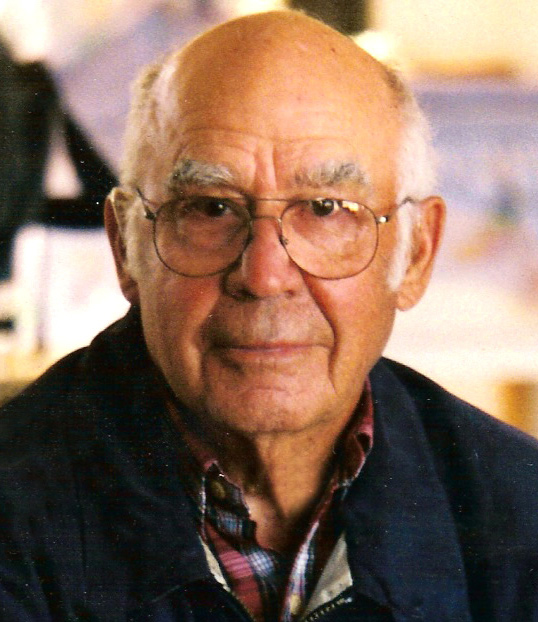 Former RML
Director Stoenner Dies at 87
By Ken Pekoc
Former RML
Director Stoenner Dies at 87
By Ken Pekoc
Dr. Herbert George Stoenner, 87, who served as director of Rocky Mountain
Laboratories in Hamilton, Mont., from 1963-1979, died of natural causes on Mar. 2 in Hamilton.
Stoenner is probably best known for his work with zoonotic diseases such as Q fever, relapsing
fever, Rocky Mountain spotted fever and leptospirosis. But he also played a small but significant role in helping identify the cause of Lyme disease in 1982.
After stepping down as RML director, Stoenner returned to the laboratory for 2 years at RML, working on Borrelia hermsii, which causes relapsing fever.
“I think that that was one of the best pieces of work that I did as a researcher,” he told the Office of NIH History during a 1984 recorded
interview about his career. “
I was able to identify or prepare antiserum with which I could distinguish 25 different serotypes of this organism.” This contribution changed the way scientists viewed the recurring nature of relapsing fever.
Stoenner was born June 17, 1919, on a farm near Levasy, Mo. He attended William Jewel College, the University of Missouri and then attended Iowa State University, where he graduated
at the top of his class and received a doctor of veterinary medicine degree.
In 1943, he was commissioned a captain in the U.S. Army 10th Mountain Infantry Division. During World War II, he was assigned to duty in Italy. He was awarded the Bronze Star Medal for valor.
After the war, the Public Health Service assigned him to Salt Lake City to study brucellosis,
a disease of cattle and many other animals, for the Communicable Disease Center,
now the Centers for Disease Control and Prevention. It was there that he met his wife, Madge Kirk. They married in 1946.
Stoenner first learned of the research being done at RML in 1948, after attending a scientific
conference in Hamilton. It was about that time that the Q fever organism had been isolated
from cows’ milk. Because of Stoenner’s experience
with cattle and brucella, RML Director Ralph Parker in 1949 invited him to start his own Q fever research at RML.
“This brought me, on a more or less permanent
basis, to the Rocky Mountain Laboratory,” Stoenner says in his oral history. He was initially
on loan to RML from the CDC. In 1954, he became an RML employee.
In the early 1970s as RML director, Stoenner hired several scientists who now hold senior scientific
positions, among them Drs. Bruce Chesebro,
John Portis and Marshall Bloom. He also oversaw a change at RML from diverse to consolidated
research programs.
“I felt that the RML could make a better mark in science by coordinating our efforts in perhaps
three or four areas instead of the eight or 10 that we were then concerned with,” Stoenner noted. RML received international acclaim for its research during his tenure, led by the cancer
immunology work of the late Edgar Ribi and the slow virus—now known as prion disease—work of William Hadlow, an RML retiree who resides in Hamilton.
“In addition to being an excellent scientist, Herb was a superb scientific administrator who over the course of his career had to make some very difficult decisions,” Bloom noted. “He always did things with a positive spirit, and in spite of his gruff exterior, he was an exceedingly warm person. He worked hard to promote the study of viral diseases at RML and the standards of excellence he set are evident
years later.”
In 1971, Stoenner was awarded the PHS Distinguished
Service Medal. He was the Gold Headed Cane recipient in 1974, a special honor from the American Veterinary Medical Association in recognition of his research in epidemiology.
Stoenner enjoyed tennis, fishing, golfing, gardening
and cribbage.
He was preceded in death by five siblings and one granddaughter. Survivors include his wife, one sister, one son, three daughters, 13 grandchildren
and 13 great-grandchildren.
The family suggests memorials be given to the American Cancer Society, P.O. Box 22718, Oklahoma City, OK 73123-1718, or the Lupus Foundation of America, P.O. Box 631047, Baltimore,
MD 21263-1047 or a charity of the donor’s choice.
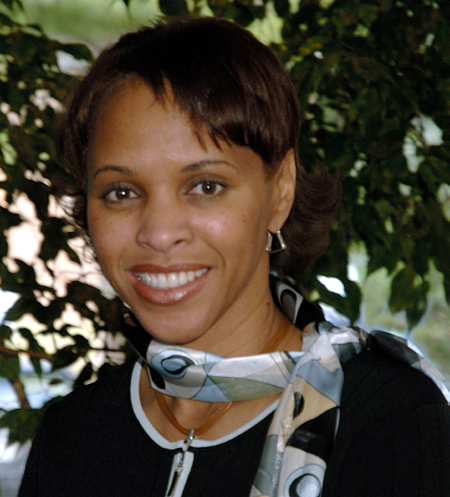
NICHD Names EA Program Director
“Increasing diversity
among researchers
is about ensuring
that our nation remains on the cutting
edge of medical
science,” says Dr. Regina Smith James, who recently
was appointed director of NICHD’s Extramural
Associates Program.
Diversity reflects the greater society, James continues. Each investigator brings a unique perspective, which can lead to innovative hypotheses and, ultimately, new discoveries in medical research.
The Extramural Associates (EA) Program fosters entry of faculty from underrepresented minority
and women’s institutions into biomedical and behavioral research. Established in 1978, the program also provides research training.
“My mission,” says James, “is to develop a diverse cadre of scientists who will not only contribute to biomedical and behavioral research, but who will also make discoveries that enable the NICHD and the medical community
to eliminate the disparities that have an impact on diverse populations. That’s no easy task, but I’ve always enjoyed a challenge.”
James became involved with the EA program by chairing its advisory board while she was at the National Institute of Mental Health. Prior to joining NICHD, she was chief of NIMH’s Pediatric
Eating Disorders Program and the Pediatric Mood Disorders Program. She earned her M.D. from the Charles Drew/UCLA School of Medicine
and received her training in adult, child and adolescent psychiatry at the Cleveland Clinic
Foundation.
James is proud of the accomplishments of the EA Program, pointing to the successful program at Tennessee State University in Nashville. That institution has more than doubled its research funding, increased the number of faculty engaged in research and increased the number of publications that those faculty produce. She also wants to expand the reach of the program to include more of the American Indian/Alaskan
Native communities.
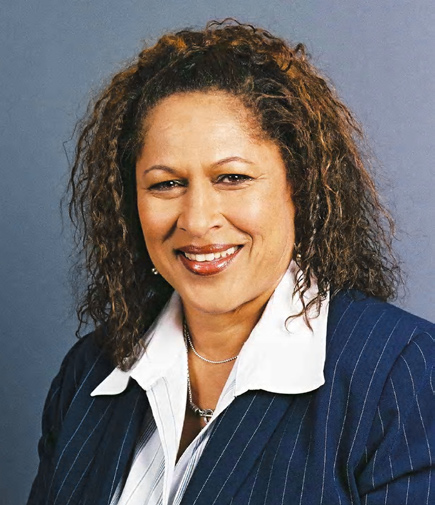
Springfield Named Director of NCI Center
Dr. Sanya Springfield has been named director of NCI’s Center to Reduce Cancer
Health Disparities
(CRCHD). Since fall 2005, she has assumed the additional post of acting director of CRCHD while maintaining her role as chief of NCI’s Comprehensive Minority Biomedical Branch (CMBB).
As chief of CMBB, Springfield developed and implemented two successful strategic programs aimed at increasing the number of competitive minority researchers involved in cancer
research (Continuing Umbrella of
Research Experiences) and building the competitive
research infrastructure and capacity
of minority-serving institutions (Minority Institution/Cancer Center Partnership). These programs direct long-term funding to qualified
minority students, investigators, faculty and institutions interested in cancer research-related careers and programs addressing cancer health disparities. With Springfield’s appointment,
she plans to merge the two offices,
where she will sustain and expand current programs
as well as spawn cancer health disparities research across NCI.
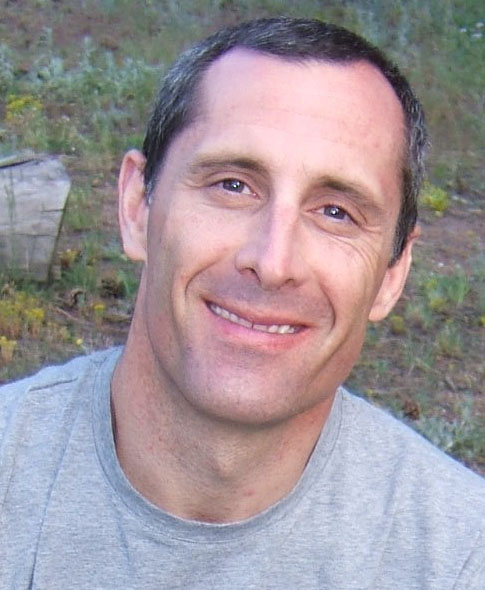 Callahan Named NIAID OSPFM Head
Callahan Named NIAID OSPFM Head
Dr. Kevin Callahan joins NIAID as head of the Office of Strategic Planning and Financial Management, where he will direct the institute’s strategic planning, budgeting
and evaluation efforts as well as its knowledge management and financial management activities.
Before coming to NIAID, he was deputy director of NCI’s Office of Science Planning and Assessment, where he led efforts to develop and execute NCI’s strategic
plans, evaluation activities and portfolio analysis.
While holding this position, he also served as acting chief of OSPA’s Program Assessment Branch, Program Implementation Branch and Science Planning Branch.
Before joining NCI, Callahan spent 3 years as scientific review administrator for NIAID’s allergy, immunology and transplantation research committee. Prior to that, he was an AAAS fellow serving at the U.S. Agency for International Development,
where he managed a broad portfolio of biomedical, behavioral, epidemiological,
policy and health systems research aimed at combating infectious diseases
and malnutrition in developing countries.
Callahan received his Ph.D. in immunology and molecular biology from Johns Hopkins School of Medicine.
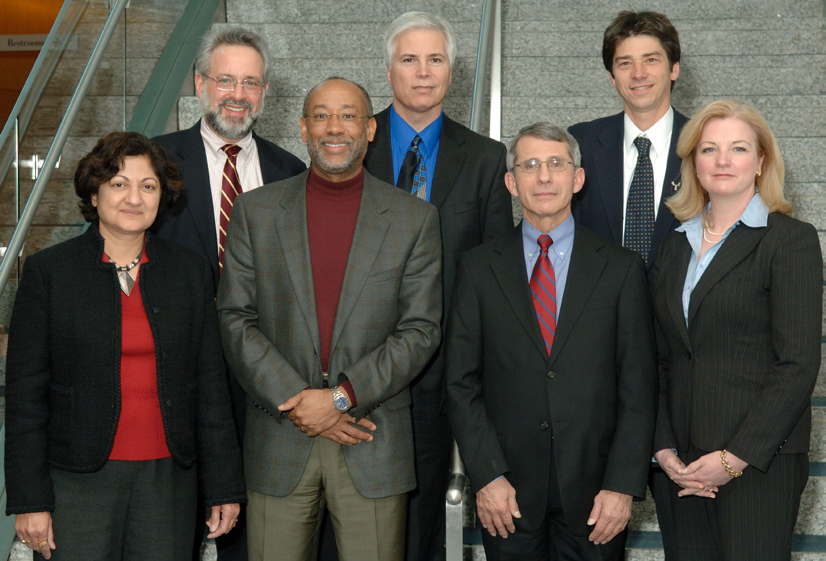 |
| NIAID director Dr. Anthony Fauci (front, third from l) welcomes new council members, including (front, from l) Dr. Satya Dandekar; Dr. David Wilkes; Dr. Sharon Kiely. At rear are (from l) Dr. Ronald Valdiserri (ex officio from the Department of Veterans Affairs); Dr. Robert Brooks; Dr. Marc Rothenberg. |
Five Named to NIAID Advisory Council
Five new members were recently named to the National Advisory Allergy and Infectious Diseases Council. They are:
Dr. Robert Brooks, associate dean for health affairs and professor of family medicine and rural health at Florida State University College of Medicine. He serves on the Florida governor’s health information technology advisory board and the Florida Medicaid reform advisory council.
Dr. Satya Dandekar, professor and chair, department of internal medicine, University of California, Davis. Her expertise and research interests are in the areas of HIV/AIDS.
Dr. Sharon C. Kiely, medical director for quality and patient safety at Allegheny General Hospital in Pittsburgh
and associate professor of medicine at Drexel University School of Medicine in Philadelphia. She has served on the United Network for Organ Sharing board of directors as well as the HHS secretary’s advisory committee on xenotransplantation.
Dr. Marc E. Rothenberg, professor of pediatrics and director of the division of allergy and immunology
at Cincinnati Children’s Hospital Medical Center. He also directs the Cincinnati Center for Eosinophilic Disorders.
Dr. David S. Wilkes, the Dr. Calvin H. English professor of medicine, microbiology and immunology
at Indiana University School of Medicine in Indianapolis. A pulmonary and critical care physician, he is also director of the Center for Immunobiology at Indiana. 